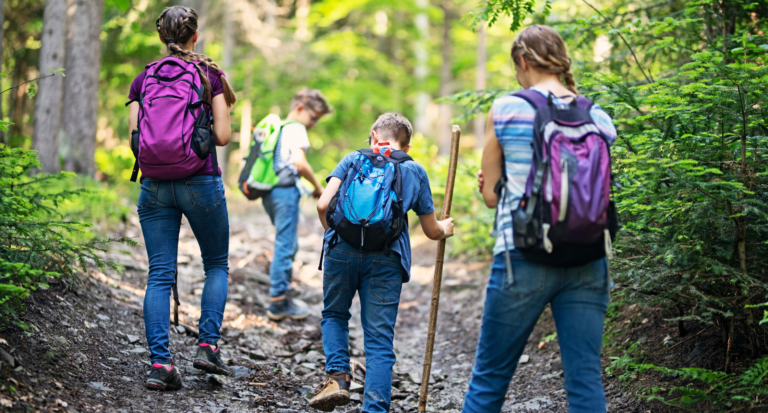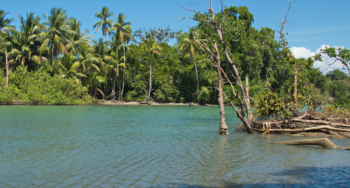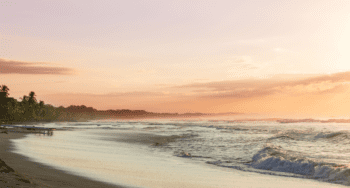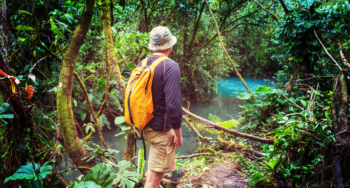Quick Guide to La Marta Wildlife Refuge
La Marta Wildlife Refuge protects 3,750 acres of primary cloud forest just 1.5 hours southeast of San José, offering 17km of trails without the crowds of Manuel Antonio or Monteverde. This hidden Cartago province gem features 17 natural swimming pools, atmospheric 1870s coffee hacienda ruins consumed by jungle, and trails ranging from easy riverside walks to challenging mountain ascents. You’ll likely encounter just two or three other groups during your entire visit, even on weekends. The refuge serves as a gateway to Tapantí National Park while preserving genuine wilderness where universities now conduct research in what was once an ambitious agro-industrial project.
Key Details:
- Entry: $16 adults, $12 children (cash only, no ATM on-site)
- Hours: 7am-5pm daily; best wildlife viewing 7-10am
- Trails: Historical Trail (3km, easy), Mirador Trail (6km, challenging), Adventure Trail (varies)
- Access: Paved roads through Cartago, final 500m unpaved
What You Need to Know:
- Standard sedan works in dry season; higher clearance recommended year-round
- Camping available ($22/night) near ruins or main facilities
- Pack swimsuit, good hiking shoes, rain jacket, and cash
- Green season brings lusher forest but muddy trails—start hikes by 7 am
Ready to explore an authentic cloud forest? Rent with Vamos for the flexibility to combine La Marta with nearby Irazú Volcano and Orosi Valley.
La Marta Wildlife Refuge sits in Cartago province, about 1.5 hours southeast of San Jose, protecting 3,750 acres of primary cloud forest between 2,475 and 6,400 feet in elevation. Unlike Manuel Antonio’s packed trails or Monteverde’s tourist buses, you’ll likely have these 17 kilometers of hiking paths mostly to yourself. The refuge offers something rare in Costa Rica’s popular protected areas—17 natural river pools, historic 1870s coffee hacienda ruins consumed by jungle, and trails ranging from easy riverside walks to challenging mountain ascents, all without the crowds. It’s the kind of place where you’ll see maybe two or three other groups during your entire visit, even on weekends.
Key Takeaways
- Located 44 miles southeast of San Jose in Pejibaye de Cartago, accessible via paved roads through Cartago city
- Entrance costs $16 for adults, $12 for kids (open 7 am-5 pm daily)
- 17km of trails ranging from easy 30-minute walks to challenging 8-hour treks
- Historic coffee plantation ruins from the 1870s add a unique exploration element
- 17 natural swimming pools along the La Marta and Atirro rivers
- Camping available ($22/night) with basic facilities
- Gateway to Tapantí and La Amistad National Parks
- Best visited December-April for clearer trails and better wildlife visibility
- Standard sedan works during the dry season; 4×4 recommended year-round for the final approach
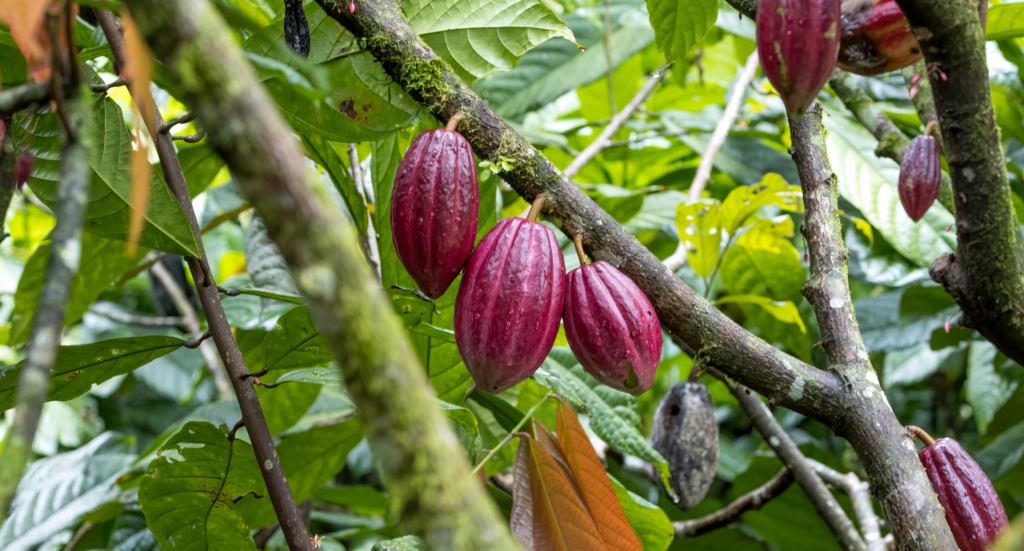
Where Exactly Is La Marta and How Do You Get There?
La Marta sits in the Pejibaye district of Jiménez canton in Cartago province. From San Jose’s Juan Santamaría Airport, you’ll drive roughly 50 miles (about 1 hour and 45 minutes). The route takes you through Cartago city on Route 2, then toward Pejibaye following signs for the refuge.
The drive itself is straightforward—mostly paved roads until the final stretch. During the dry season (December through April), a standard sedan handles the journey fine. The last 500 meters from the entrance gate to the parking area is unpaved but generally well-maintained. The green season (May through November) brings mud, so a vehicle with decent ground clearance becomes important. Nothing requiring serious 4×4 capability, but you’ll appreciate not scraping bottom or spinning tires.
If you’re flying into Liberia’s Daniel Oduber Airport in Guanacaste, La Marta sits about 155 miles away—roughly 3.5 hours of driving. It’s doable but probably not worth it unless you’re specifically routing through the Central Valley on your way to Caribbean or southern destinations.
What Makes La Marta Different from Other Wildlife Refuges?
Most visitors to Costa Rica hit the same wildlife spots—Manuel Antonio for beach-meets-jungle convenience, Monteverde for cloud forest, maybe Caño Negro if they’re doing northern tours. La Marta operates on a completely different frequency.
The numbers tell part of the story. While Manuel Antonio sees thousands of visitors weekly, La Marta might host a few dozen. On a typical Sunday morning—usually the busiest time for any Costa Rican attraction—you might encounter one Tico couple and perhaps a German family. That’s it.
But it’s not just about fewer people. La Marta has this unusual historical layer that most refuges lack. Between 1870 and 1930, these 3,750 acres functioned as “La Martha” hacienda, an ambitious agro-industrial project growing coffee, sugar cane, cacao, and bananas. American, British, and Costa Rican investors poured massive resources into building a complete processing facility in the middle of the cloud forest.
When mining interests discovered gold, they established operations, including a rail system where donkeys hauled ore. Eventually, conservation won over extraction, and in 1991, universities ULACIT and Castro Carazo transformed the property into a biological reserve focused on education and research.
What this means for visitors: you’re hiking past moss-covered ruins of old processing facilities, walking across a hanging bridge over former mining operations, and essentially exploring a place where human ambition met jungle resilience—and the jungle won.
What Does It Cost to Visit La Marta?
The entrance fee structure is straightforward:
Standard Entrance:
- International adults: $16
- International children: $12
- Costa Rican residents: 2,600 colones
- Hours: 7 am-5 pm daily
Camping:
- International visitors: $26/night
- Costa Rican residents: 6,800 colones
- Includes access to covered camping areas near ruins or by facilities
- Tent rental available for an additional fee
Guided Tours:
- Historic Tour: $25 (7,900 colones for residents)
- Natural Tour: $25 (7,900 colones for residents)
- Birdwatching Tour: $32 (11,300 colones for residents)
Family Packages:
Some packages include transportation from San Jose, lunch, and an afternoon coffee break. Contact [email protected] to coordinate. These make sense if you’re traveling without a car or prefer someone else handling logistics.
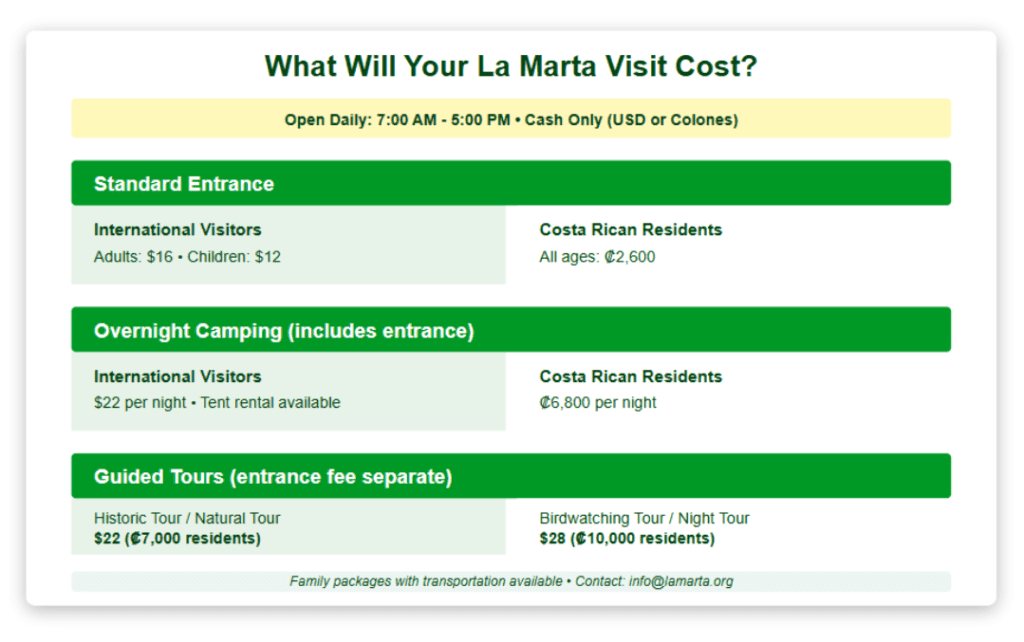
The refuge accepts cash (both dollars and colones). There’s no ATM on-site, so bring what you need from Cartago or San Jose.
Which Trails Should You Take?
La Marta’s 17 kilometers of trails break down into several distinct routes, each offering different experiences and difficulty levels:
What’s the Historical Trail Like?
The Historical Trail (Sendero Histórico) follows the La Marta River past the atmospheric ruins mentioned earlier. It’s the most popular route for first-time visitors because it combines easy walking with the most dramatic scenery.
The trail starts at the hanging bridge near the parking area, leads you through the old mining infrastructure, then parallels the river. Total distance is about 3 kilometers one-way, taking 1.5-2 hours at a casual pace with stops for photos and swimming.
Difficulty: Easy to moderate. The path is well-maintained with only gentle elevation changes. Good for families with kids aged 8+ who are reasonably active.
Where Does the Mirador Trail Go?
The Mirador (viewpoint) trail branches off from the Historical Trail, climbing up and over one of the mountains. This is where you’ll work for your views. The trail gains significant elevation—expect carved steps cut into the mountainside, steep sections, and spots where you’ll want to catch your breath.
Round trip from parking to viewpoint and back: about 4-5 hours. Total distance is roughly 6 kilometers. The payoff is panoramic views across the cloud forest to Turrialba Volcano from the viewing platform and, on clear days, sight lines toward Tapantí National Park.
Difficulty: Moderate to difficult. You don’t need technical climbing skills, but you do need decent fitness and proper footwear. Trails can be slippery after rain.
What About the Adventure Trail?
Sendero Aventura is less traveled and less maintained than the Historical Trail. It offers more solitude and a wilder feeling, but navigation gets trickier without clear signage. Some visitors have reported confusion about where this trail actually goes, as it doesn’t appear on all maps distributed at the entrance.
If you take this route, grab a photo of the trail map on your phone before starting and pay close attention to any signs you do encounter.
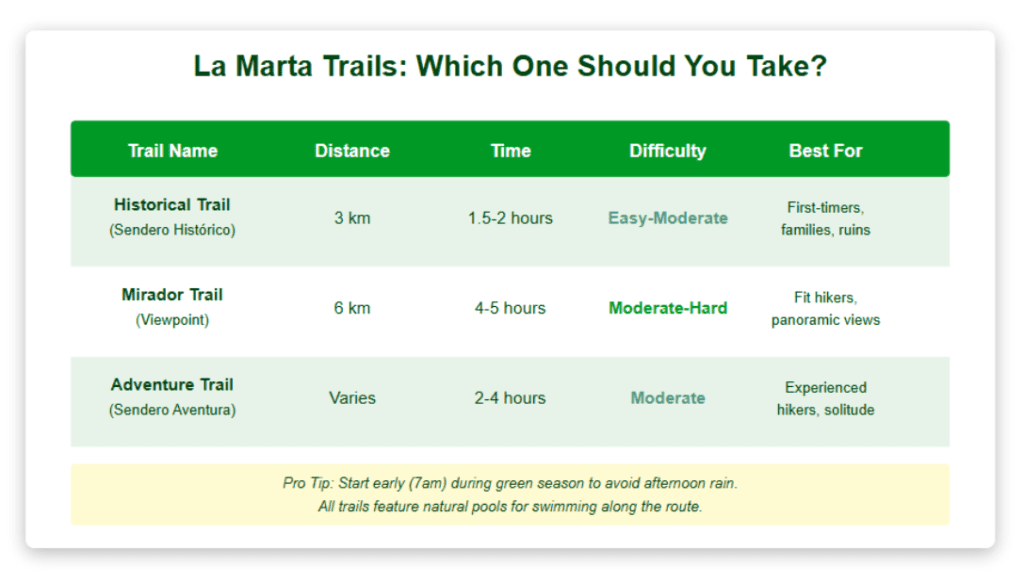
When Should You Visit La Marta?
Costa Rica’s distinct seasons affect La Marta differently from coastal areas:
Dry Season (December-April)
This is your best bet for first visits. Trails are drier and easier to navigate, river levels are lower (better for swimming), and you’ll have clearer views from the Mirador. Morning fog still happens—this is cloud forest, after all—but it usually burns off by mid-morning.
The trade-off: wildlife is slightly less active, and the forest looks less lush than during the green season.
Green Season (May-November)
Everything is greener, waterfalls run fuller, and wildlife becomes more active. The forest feels alive in a way dry season can’t match. But trails get muddy, river levels rise (making some pools less accessible), and afternoon rain is almost guaranteed.
If you visit during the green season, start your hike early—like 7 am. You’ll have a solid 4-5 hours before the typical afternoon downpour arrives around noon or 1 pm.
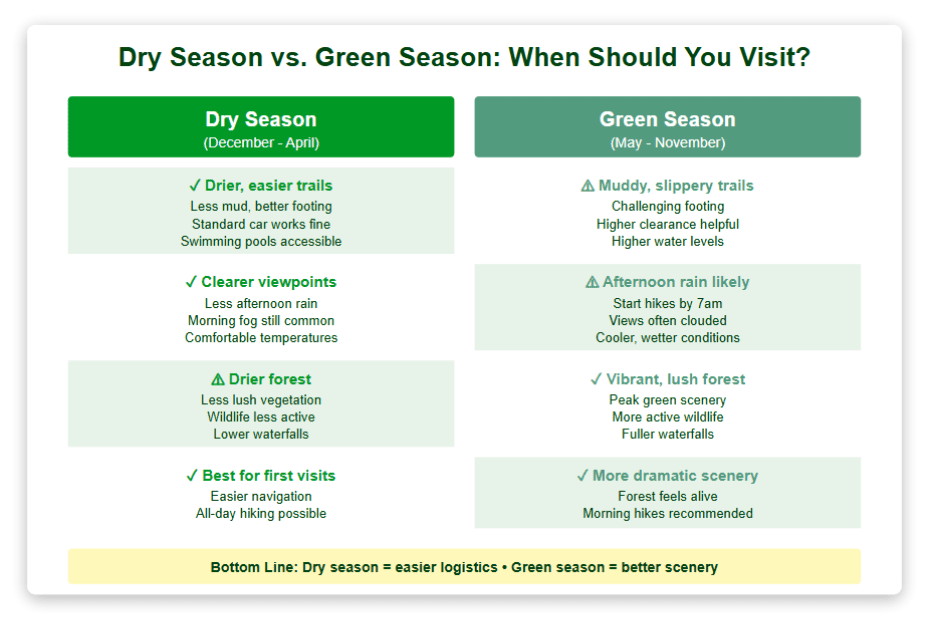
Best time of day: Early morning (7-10 am) offers the coolest temperatures and best wildlife viewing. The refuge feels magical when the morning mist still clings to the valley. By midday, especially during the dry season, temperatures rise and animals retreat to shade.
What Wildlife Will You Actually See?
Let’s be realistic about wildlife expectations. This isn’t a zoo where animals appear on cue. La Marta is a legitimate cloud forest with genuinely wild animals that may or may not cross your path.
Birds
Cloud forest bird species are your best bet for consistent sightings. Toucans, tanagers, hummingbirds, and various flycatchers are commonly spotted. If you’re serious about birds, book the dedicated birdwatching tour—guides know where specific species tend to hang out.
Mammals
Agoutis (those large rodent-like creatures) and coatis are fairly common. Sloths exist in the refuge, but spotting them requires patient observation and often some luck. The dense forest canopy makes wildlife viewing more challenging than in more open habitats.
Don’t expect monkeys. The elevation and ecosystem type don’t support the large monkey populations you’d find in lowland rainforests like Manuel Antonio or on the Caribbean coast.
Amphibians and Reptiles
The rivers and forest floor host various frog species, including some brilliantly colored poison dart frogs near water features. Snakes exist but are rarely seen—they’re excellent at avoiding humans.
What Should You Pack for La Marta?
Essential:
- Good hiking shoes with grip (not sandals or flip-flops)
- Swimsuit for natural pools
- Quick-dry clothing
- Rain jacket, regardless of season
- Insect repellent (especially around water)
- Sunscreen
- Reusable water bottle (fill up at facilities)
- Snacks (no food service on trails)
- A small towel if planning to swim
Recommended:
- Waterproof bag for electronics
- Binoculars for bird and wildlife viewing
- Small first-aid kit
- Camera with weather protection
- Cash for entrance fee
What NOT to bring:
- Speakers or loud music devices
- Single-use plastics (the refuge emphasizes conservation)
- Drones (restricted in protected areas)
- Extensive photography equipment you’re not willing to carry for hours
The refuge has bathrooms near the parking area and at the main facilities. There’s also a small restaurant/cafeteria serving basic meals—think typical Costa Rican casados, coffee, and snacks. Quality is decent, prices are reasonable.
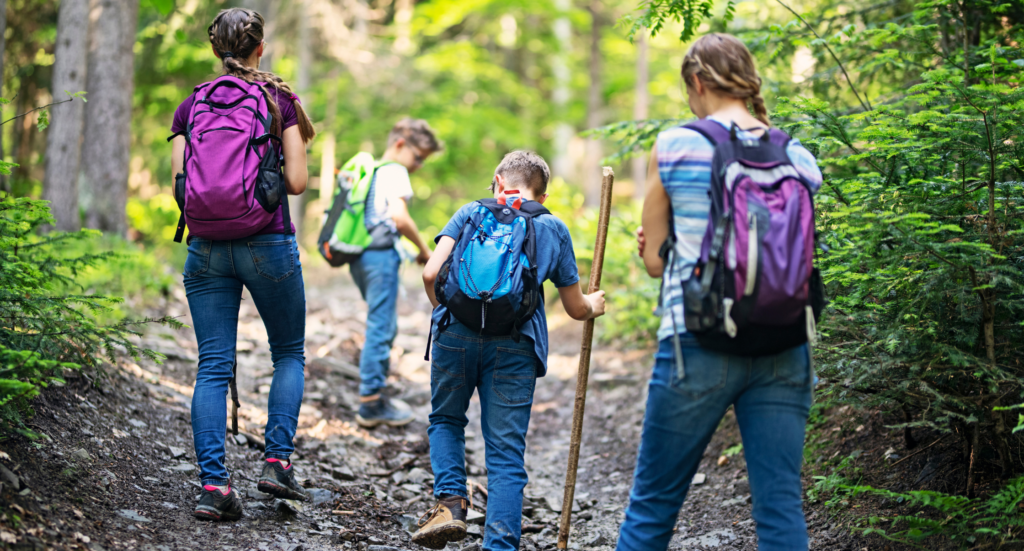
Can You Camp at La Marta?
Yes, and it’s one of the refuge’s most underrated features. Two main camping zones exist: one near the main facilities with bathrooms and the restaurant, another near the historic ruins.
The ruins area gets my vote. Falling asleep with jungle sounds surrounding you and waking up to mist rising through moss-covered stone structures? That’s the experience you came to Costa Rica for. Most camping spots have roofs, so even if it rains overnight, you and your gear stay dry.
Camping costs $22 for international visitors, 6,800 colones for residents. If you don’t have gear, the refuge rents tents and equipment for an additional fee. The small hotel near the entrance offers basic rooms ($42-57/night including food) if you want walls and a bed but not full hotel amenities.
How Does La Marta Compare to Nearby Tapantí National Park?
Since La Marta serves as the gateway to Tapantí-Macizo de la Muerte National Park, many visitors wonder which to visit or whether both are worth the time.
Choose La Marta if you want:
- Fewer crowds
- Swimming in natural pools
- Historic ruins to explore
- Camping options
- More intimate experience
Choose Tapantí if you want:
- More developed trail systems
- Ranger stations and better facilities
- Larger, more dramatic waterfalls
- Greater wildlife diversity (Tapantí is huge)
Honestly? If you have time, visit both. They’re close enough that you could spend a morning in La Marta and an afternoon checking out Tapantí’s entrance area. Or camp overnight at La Marta and do Tapantí the next day.
What Else Is Nearby Worth Visiting?
La Marta works well as part of a Cartago province loop. From San Jose or on your return trip, consider these combinations:
Irazú Volcano: Costa Rica’s highest active volcano with a green acidic crater lake. About 40 minutes from Cartago. Morning visits are best before clouds roll in.
Orosi Valley: Charming colonial church, coffee plantations, and scenic valley views. Less than an hour from La Marta. Great for lunch stops.
Lankester Botanical Garden: If you’re into plants (especially orchids), this University of Costa Rica-managed garden near Cartago has impressive collections.
Cartago City: The old capital has the famous Basílica de Nuestra Señora de los Ángeles. Worth a quick stop if you’re passing through.
These destinations cluster close enough that you could visit La Marta and 2-3 others in a solid day trip from San Jose, or spread them across two days with camping at La Marta between.
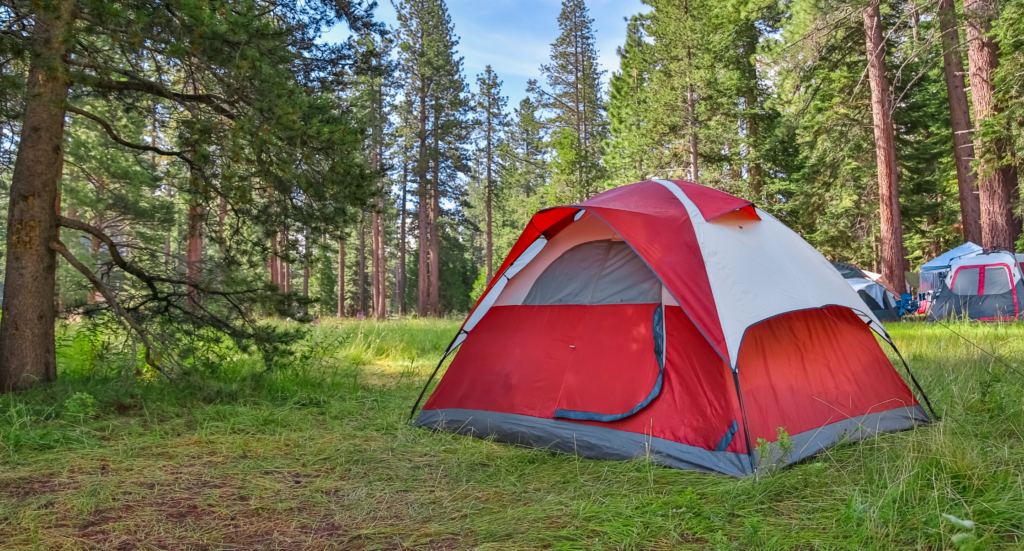
How Does Having a Rental Car Change the La Marta Experience?
La Marta is one of those places where having your own vehicle transforms the experience from “possible but complicated” to “easy and flexible.”
Public transportation exists—buses run from San Jose to Cartago, then you’d need to catch another bus toward Pejibaye and arrange a taxi for the final stretch. Doable, but you’re looking at 3+ hours one way with transfers and waiting. You’re also locked into bus schedules for your return, which limits how long you can explore.
With a rental car from Vamos, you control your timing. Want to arrive at 7 am for the best wildlife viewing? No problem. Feel like spending an extra hour at those natural pools? Go for it. Decide to add Orosi Valley or Irazú Volcano to your day? Your call.
The drive from San Jose takes about 90 minutes via Route 2 through Cartago. Roads are well-signed, and once you’re past Cartago, traffic thins considerably. During the dry season, even a compact sedan handles everything fine. Green season, you’ll appreciate something with higher clearance—think a Hyundai Tucson or similar.
If you’re planning to camp, having a vehicle means you can carry gear comfortably without dealing with bus restrictions on luggage. Plus, after a full day of hiking, driving back beats waiting for buses.
What’s the Bottom Line on La Marta?
La Marta isn’t trying to be Monteverde or Manuel Antonio. It’s not manicured or designed for tour bus convenience. That’s precisely its appeal.
You’re getting an authentic cloud forest experience without fighting crowds for trail space or perfect photo angles. The combination of serious nature (primary forest, legitimate hiking, real wildlife) with fascinating human history (those atmospheric ruins) creates something you won’t find at more famous parks.
Is it perfect? No. Signage could be clearer, some trail markings need updates, and facilities are basic. But if you’re the type of traveler who values authentic experiences over polished convenience, those “flaws” might actually be features.
Budget 4-6 hours for a solid visit, including hiking and swimming. A full day of camping lets you experience the forest at different times—dawn and dusk offer different wildlife activity than midday. Multiple trails mean you could theoretically spend 2-3 days exploring without repeating routes.
Start planning your visit: Check current road conditions before driving during the green season—occasional landslides can affect access. Bring cash for entrance fees. Download offline maps since cell coverage is spotty. And maybe pack a swimsuit even if you’re not planning to swim—those natural pools might change your mind.
For driving routes, current road conditions, and help planning a Cartago province loop, check out our Choosing the Right International Airport in Costa Rica guide and Costa Rica Shuttle Services: Essential Information for alternative transportation options.
Perfect! I’ve analyzed the La Marta Wildlife Refuge article. Now I’ll create an FAQ section that answers the practical questions travelers have about this lesser-known cloud forest destination, keeping it straightforward and helpful.
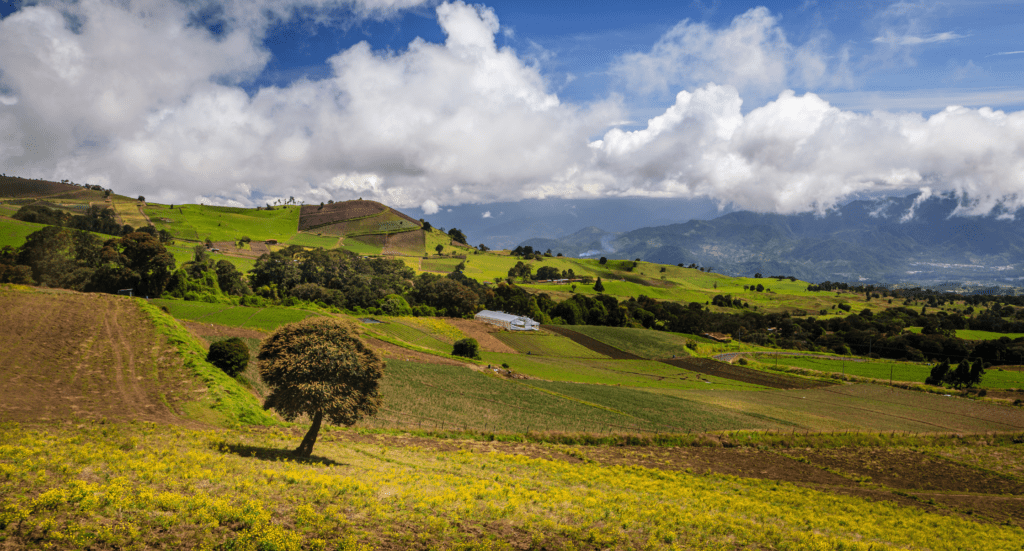
Frequently Asked Questions
Is La Marta Wildlife Refuge worth visiting?
Absolutely, especially if you’re tired of crowds at Manuel Antonio or Monteverde. La Marta gives you legitimate cloud forest hiking, 17 natural swimming pools along rivers, and atmospheric 1870s coffee plantation ruins being reclaimed by jungle—all with maybe two or three other groups on the trails even on weekends. At $16 entry, you’re getting 17km of trails ranging from easy riverside walks to challenging mountain climbs, plus camping options if you want the full immersion experience. It’s not polished or manicured, which is exactly the point. If you value authentic wilderness over tour bus convenience and don’t mind basic facilities, this is one of the best unknown spots within 1.5 hours of San José.
How do you get to La Marta from San José?
Drive 1.5 hours southeast via Route 2 through Cartago, then follow signs toward Pejibaye. The route is straightforward—mostly paved roads until the final 500 meters from the entrance gate to the parking, which is unpaved but well-maintained during the dry season (December-April). A standard sedan handles it fine in dry season, but higher clearance helps year-round and becomes important during green season (May-November) when mud is a factor. Think something like a Hyundai Tucson rather than a compact car if you’re visiting in rainy months. Public transportation is possible but complicated—buses to Cartago, another bus toward Pejibaye, then a taxi for the final stretch, taking 3+ hours each way with transfers.
What does it cost to visit La Marta Wildlife Refuge?
Entry runs $16 for adults, $12 for kids (Costa Rican residents pay ₡2,600). The refuge only accepts cash—no cards—and there’s no ATM on-site, so bring what you need from Cartago or San José. If you’re camping, add $22/night for international visitors (₡6,800 for residents), which includes access to covered camping areas and facilities. Tent rentals are available for an additional fee if you don’t have gear. A small restaurant/cafeteria is serving basic Costa Rican meals at reasonable prices—think casados, coffee, and snacks. Optional guided tours run $22-28, depending on type (historic tour, nature tour, birdwatching, or night tour). Hours are 7 am-5 pm daily.
Which trail should you hike at La Marta?
For first-timers, start with the Historical Trail (Sendero Histórico). It’s 3km one-way following the La Marta River past those moss-covered 1870s ruins, taking 1.5-2 hours at a casual pace with stops for photos and swimming. The difficulty is easy to moderate with gentle elevation—good for families with active kids 8+. If you want a workout and panoramic views, tackle the Mirador Trail, which branches off the Historical Trail and climbs steeply for 4-5 hours round trip (6km total). Expect carved steps, steep sections, and sight lines toward Tapantí National Park on clear days. The Adventure Trail offers more solitude but less clear signage, so grab a photo of the trail map before starting and pay attention to markers.
When is the best time to visit La Marta?
December through April (dry season) gives you drier trails, easier navigation, lower river levels for accessing swimming pools, and clearer views from the Mirador. This is your best bet for first visits. May through November (green season) brings lusher forest, fuller waterfalls, and more active wildlife, but also muddy trails, higher rivers (some pools become inaccessible), and almost guaranteed afternoon rain around noon or 1pm. If you visit during the green season, start your hike at 7am to get a solid 4-5 hours before the downpour. Early morning (7-10am) works best year-round for cooler temperatures and active wildlife. The refuge feels magical when morning mist clings to the valley, before midday heat sends animals to shade.
Can you swim in the rivers at La Marta?
Yes, and it’s one of the refuge’s highlights. The La Marta and Atirro rivers feature 17 natural pools along the trails where you can swim. Pack a swimsuit even if you’re not planning to—you’ll likely change your mind once you see them. The pools are most accessible during the dry season when river levels drop. During the green season, higher water levels can make some pools too deep or swift for comfortable swimming. Bring a small towel and quick-dry clothing since you’ll be hiking after. Water shoes help on rocky river bottoms. The Historical Trail passes several excellent swimming spots, making it easy to combine hiking with cooling off.
What should you pack for a day at La Marta?
Essentials: Good hiking shoes with grip (not sandals), swimsuit, quick-dry clothing, rain jacket regardless of season, insect repellent, sunscreen, reusable water bottle (fill at facilities), snacks since there’s no food service on trails, and cash for the entrance fee. Recommended additions: waterproof bag for electronics, binoculars for birds, small first-aid kit, camera with weather protection, and a towel if swimming. Don’t bring speakers, single-use plastics, drones (restricted), or photography gear you’re unwilling to carry for hours. The refuge has bathrooms near parking and facilities, plus that small restaurant serving basic meals. Budget at least 2 liters of water per person since you’ll be hiking in cloud forest humidity.
How does La Marta compare to Tapantí National Park nearby?
La Marta gives you fewer crowds, natural pool swimming, historic ruins to explore, camping options, and a more intimate experience. Tapantí offers more developed trail systems, ranger stations with better facilities, larger waterfalls, and greater wildlife diversity since it’s a massive national park. Honestly, if you have time, visit both—they’re close enough for a morning at La Marta and afternoon checking out Tapantí’s entrance area, or camp overnight at La Marta and do Tapantí the next day. La Marta works as the gateway to Tapantí, so you’re in the right area either way. Choose La Marta if you want solitude and that authentic “discovering something off the beaten path” feeling. Choose Tapantí if you want more infrastructure and dramatic scenery at scale.
